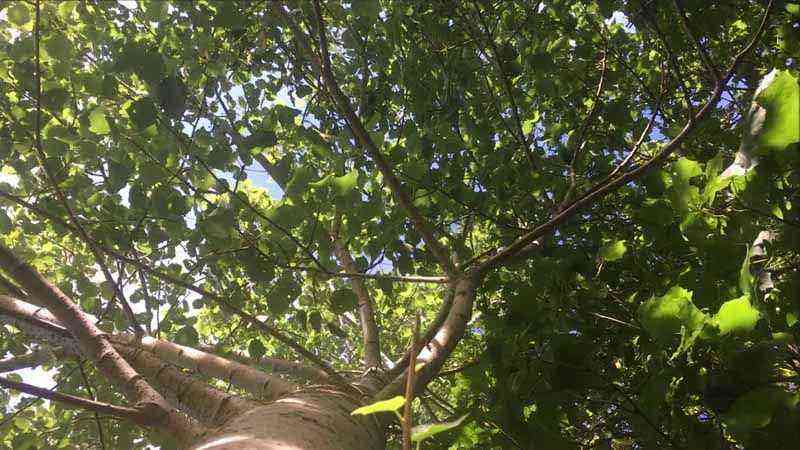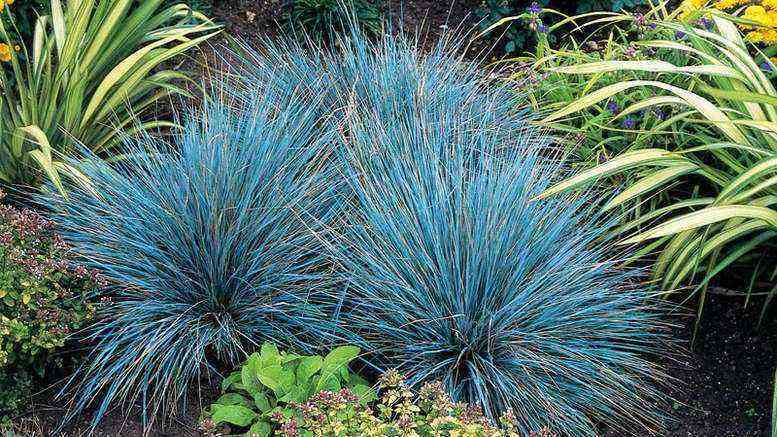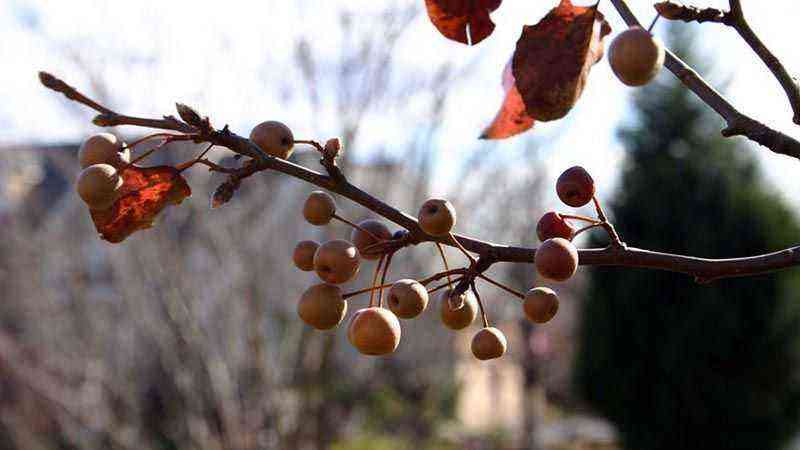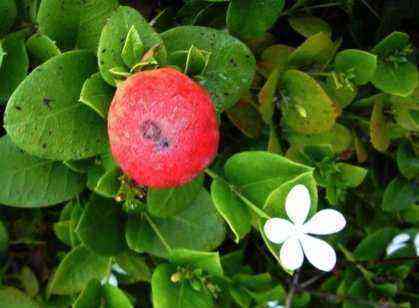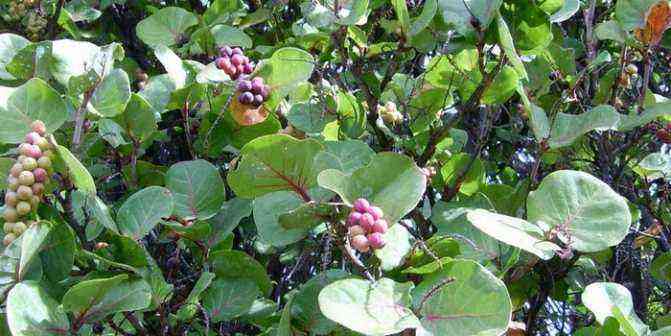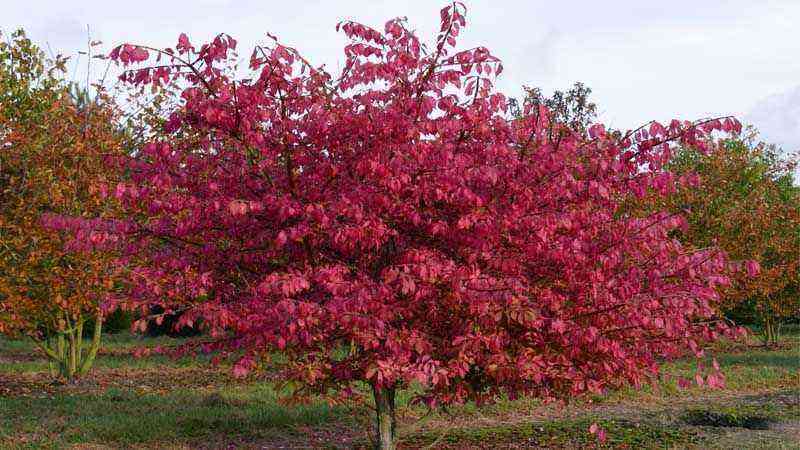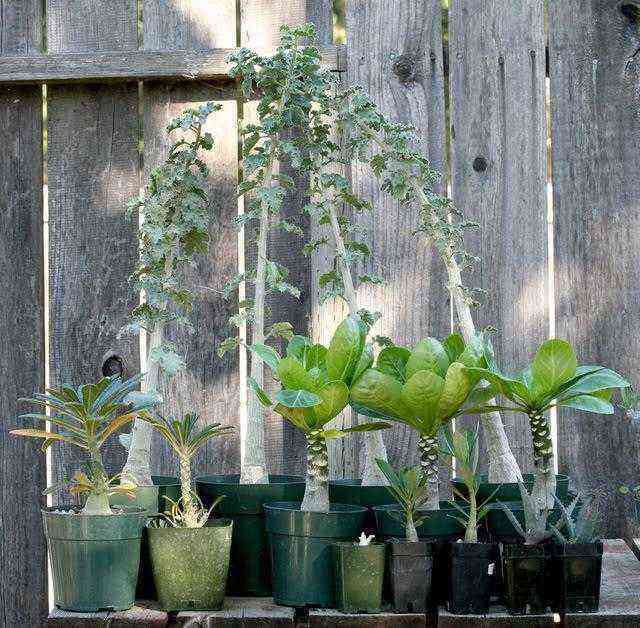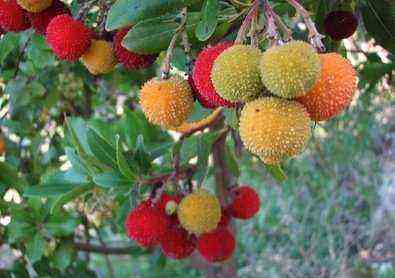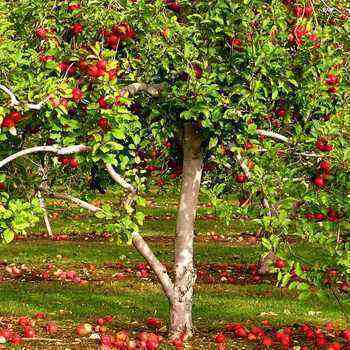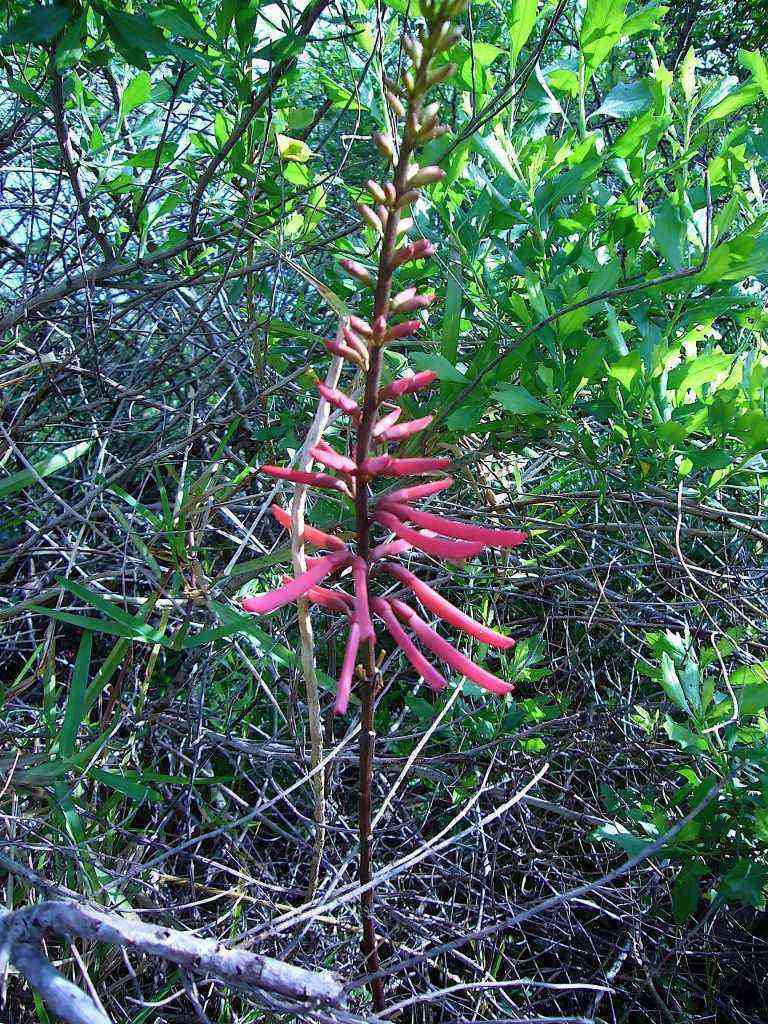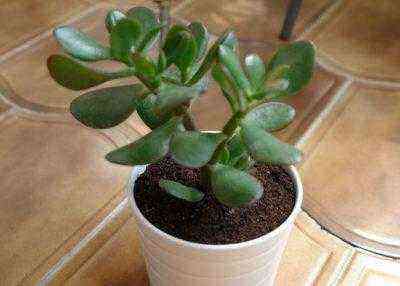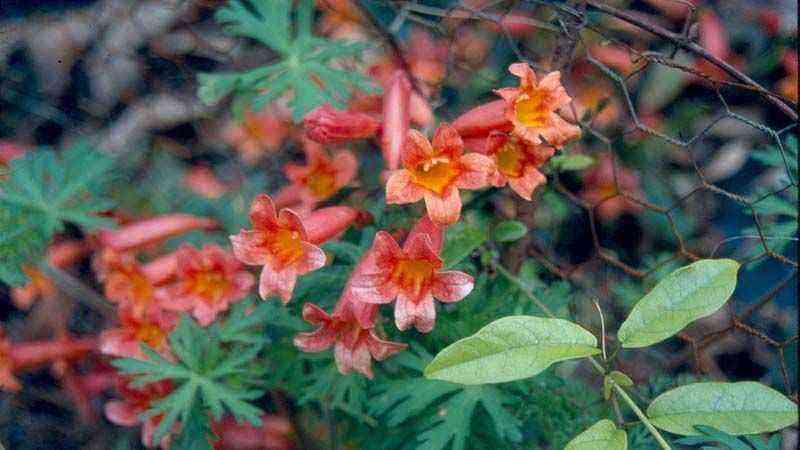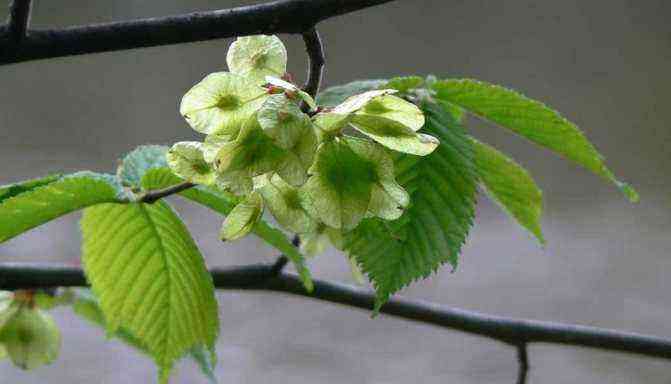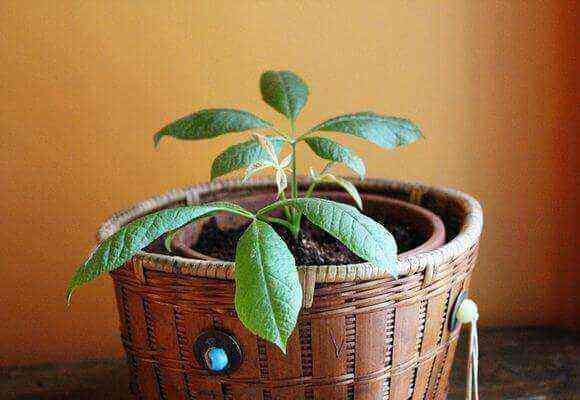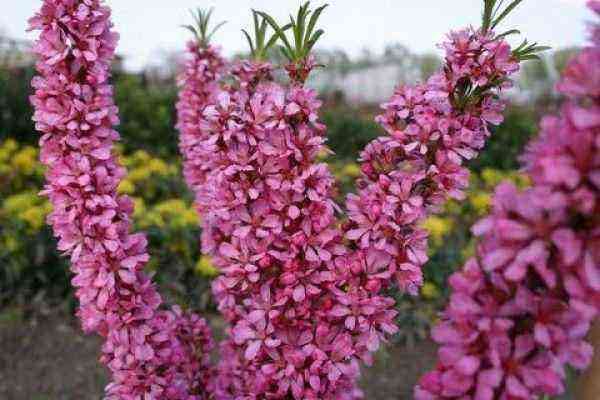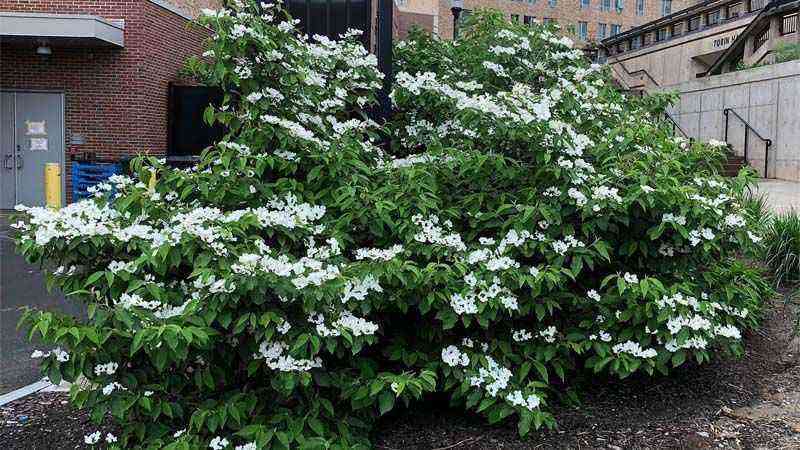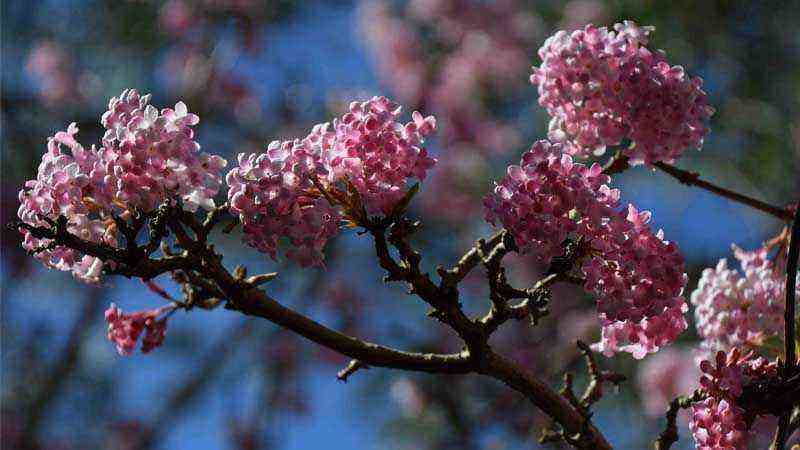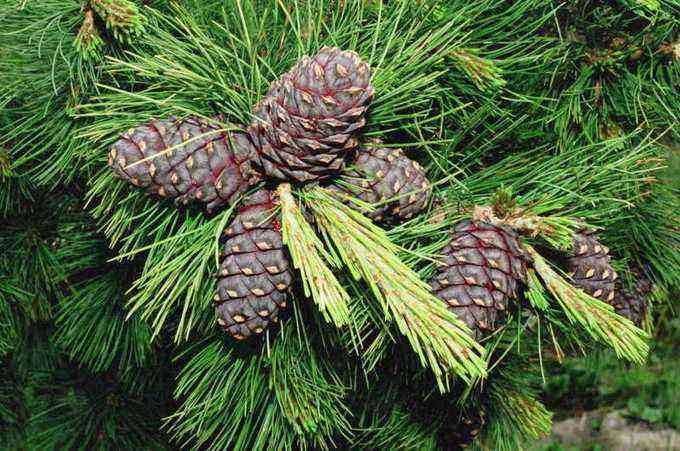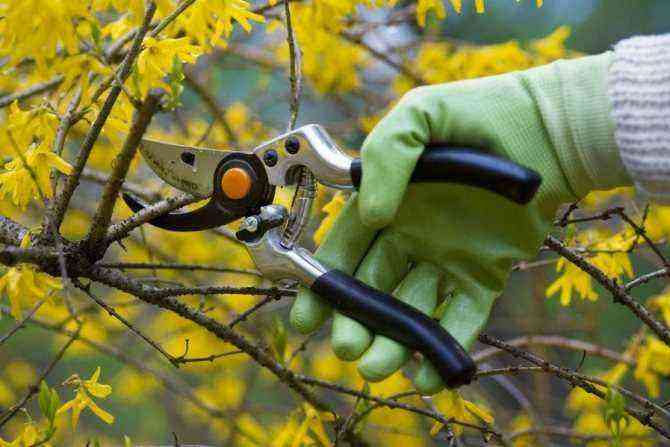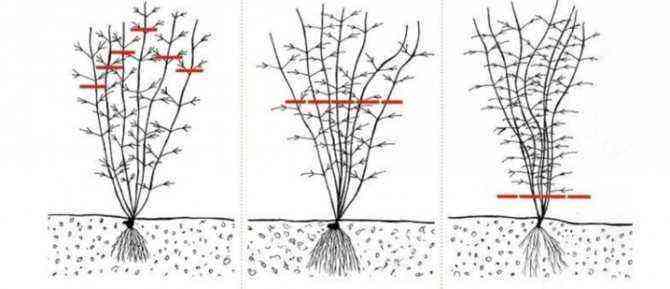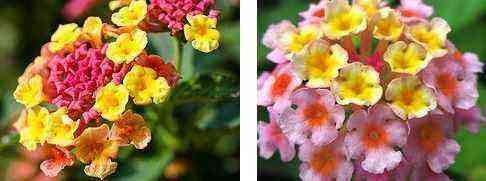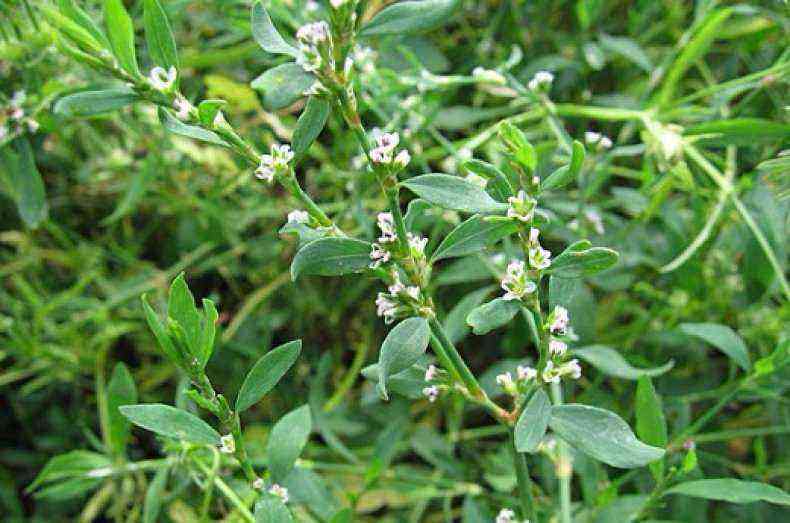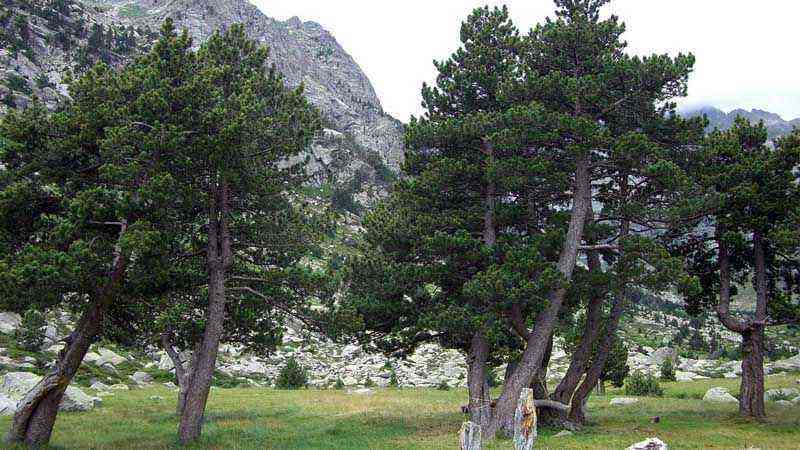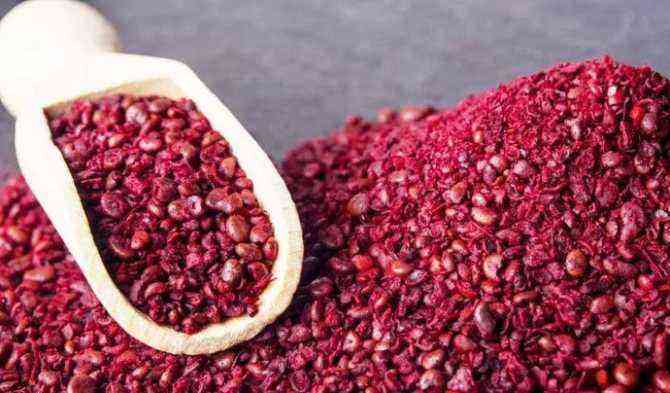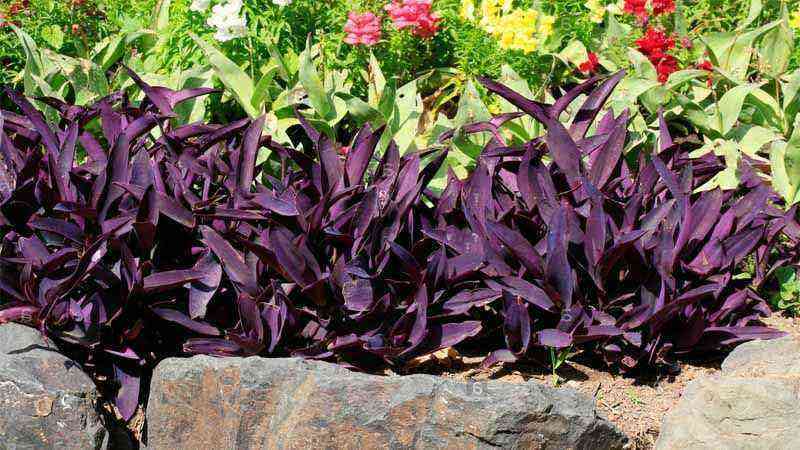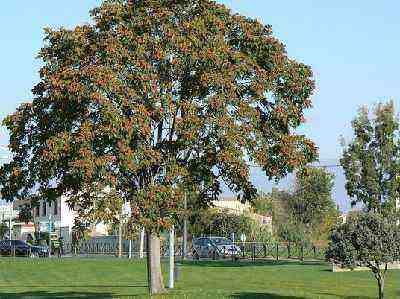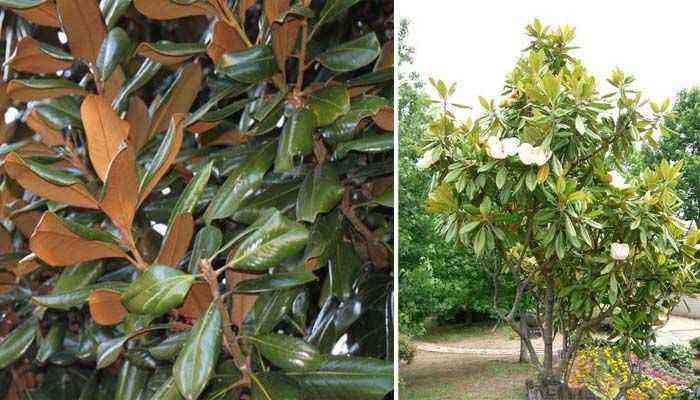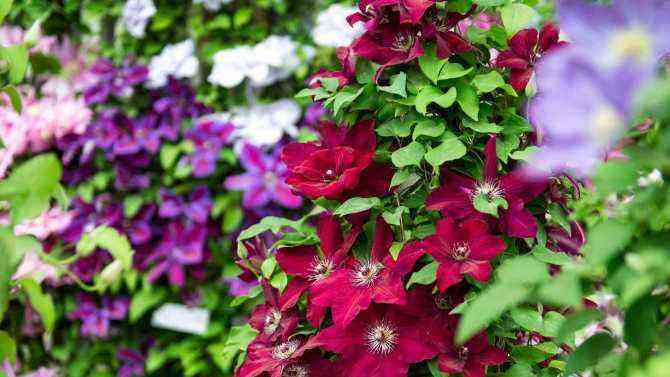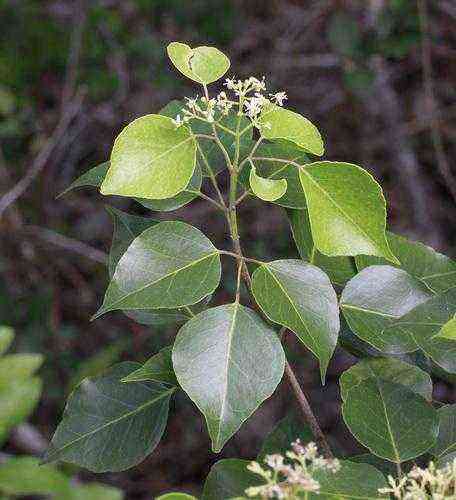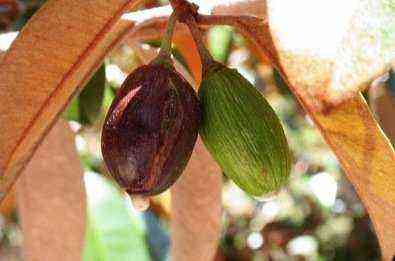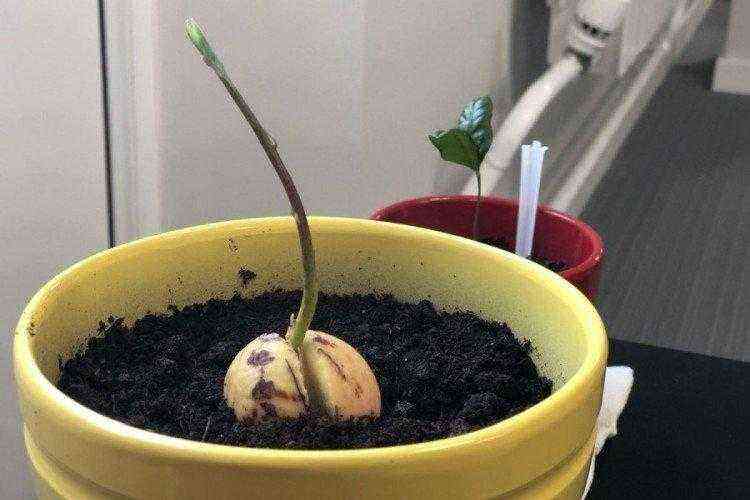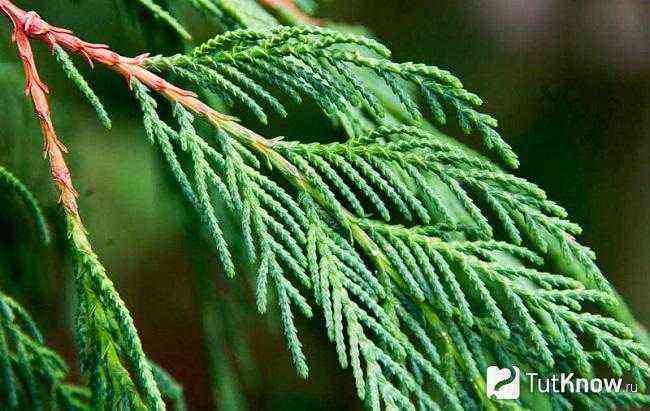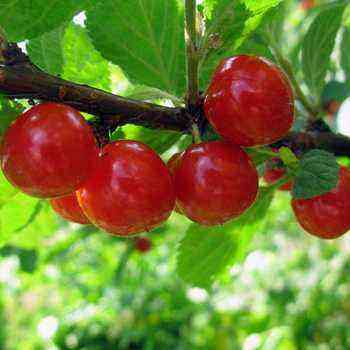Ficus ginseng is the star of today’s article. A plant with very outstanding characteristics from the ornamental point of view: its visible and intricate root. This delights a very special branch of ornamental cultivation, the famous Japanese art of Bonsai. In reality, this ficus is a Ficus microcarpa L. but the most popular name, vulgarly speaking, has ended up being Ficus ginseng because, precisely, the aerial roots that it generates are very similar to ginger. Let’s go into detail about this beautiful ornamental ficus even for interiors.
The many names of Ficus ginseng
Ficus ginseng is actually the common name, not the scientific one because of the reasonable resemblance just mentioned. In the bonsai world it is mostly known as Ficus retusa widely. Actually, this ficus is Ficus microcarpa L . It is also known as Indian Laurel, although it shares absolutely nothing with the laurel tree. The laurel is Laurus nobilis . In other regions it is also known as the banyan tree. It has even been possible to mix a common name with a scientific one, finding things like “Ficus microcarpa ginseng”, trying to refer to both terms.
Location and origin of Figus microcarpa L.
Its origin is centered in Southeast Asia like many species of the genus such as the Ficus benjamina that we have already talked about in this blog. Ficus in general are quite tall trees with large crowns. Of heights of more than 30 meters in height in some species such as Ficus macrophylla . Well, in the case of Ficus microcarpa L. , this height is reduced by half or less in the largest specimens. In fact, they are trees used to provide shade in cities with suitable climates for this species. And this smaller characteristic that has made it so famous, along with its root to miniaturize it in bonsai.
It is currently distributed throughout the world, becoming more present in tropical and subtropical regions. It focuses on the south and east of the Asian continent, Australia and central and south America. But it is interesting to see how Mediterranean regions such as the Spanish Levante , present sufficient edaphoclimatic conditions for the Ficus ginseng to settle without problems.

Presence of Ficus microcarpa ginseng in the world. Capture from GBIF.org
Characteristics of Ficus ginseng
The Ficus microcarpa, like many of the ficus, are appreciated for having evergreen and for their rusticity. In addition, it requires relatively little care since it withstands periods of drought well. In the case of Ficus ginseng, its root stands out, an element that deserves its section later. It is an evergreen tree with alternate leaves, bright green and oval. They are trees with very extensive and leafy crowns. The name of banyan tree comes because the flower is often confused with a kind of small fig, thinking that they are a fruit, but no; are the flowers. Flowers from April to June in Spain. It is fast growingin good condition, another reason why it is ideal for impatient bonsai beginners. Although impatient and bonsai are two quintessential antonyms.
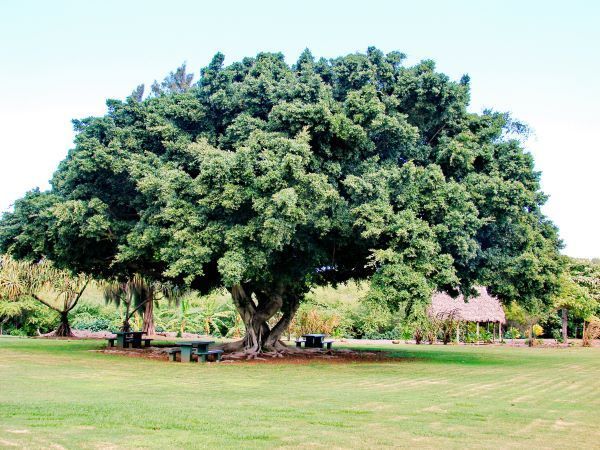
Ficus microcarpa L. outdoors. Photo: Wikimedia commons.
The aerial root is the main attraction of Ficus ginseng
And here we find the main characteristic that makes this ficus worthy of mention on this page, in addition to being one of the absolute kings of the Japanese art known as bonsai. We have already commented that it is a small-sized ficus, ideal for this miniaturization of plants. Its obvious aerial roots are the delight of these vegetable sculptors, who go where they want, twisting and adjusting the route they want to do so that the ficus is pure art. Now we talk about aerial roots and their natural importance.

Photo: Wikimedia commons
What are aerial roots?
Although the name, aerial root, may be paradoxical, it does not only exist in Ficus microcarpa ginseng . It is a competitive mechanism of some species quite aggressive with species that have the “bad luck” to grow together with plants endowed with this evolutionary strategy. Many of these species are called epiphytes. In Agromática we have already talked about some such as vanilla, or viriesa. This characteristic gives the plant the possibility of germinating its seed in another tree and spreading roots, sliding them to the ground along the trunk of the host until reaching firm ground. Once they reach the ground, these roots begin to get fat, suffocating the unfortunate tree that has served as germination support.
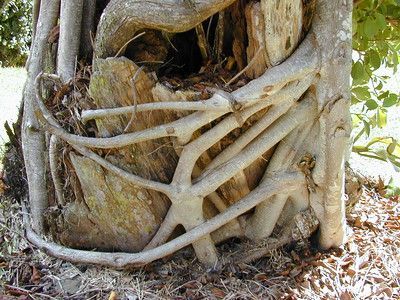
Photo by: Forest and Kim Starr
Since this is all happening relatively slowly, it doesn’t seem horrible to us, but it is actually a terrifying modus operandi !
Ficus ginseng care
Light and Shade
Light. They are trees that do not fear the king star, although in summer they can suffer with direct exposure if they are not very mature specimens. South facing interiors of your home provide you with a good amount of light to grow with. If you are going to grow it as bonsai, continuous direct exposure guidelines are not advisable. It is preferable to dim light or avoid the north (because it is too cold and shady) or south, on the contrary. The northern areas that are not cold, if we do not want it to continue growing at a normal rate, can serve us. They slow down their growth.
Temperature
It withstands cold temperatures badly, remember that it is a tree of tropical and subtropical regions. Temperatures not lower than 10-15ºC are suitable for optimal growth. In the eastern areas it can be kept outdoors almost all year round and very young specimens can suffer from cold winter so it will be better indoors. It supports temperatures below 15ºC but the damage threshold is at 0ºC. In colder areas they will require an indoor or greenhouse all year round. It suffers a lot from sudden changes in temperature. You can lose the leaves. In fact, the reasons for a sudden thermal change are usually due to drafts.
Soil and fertilizer
The soil will largely depend on the fate of the tree. It is not the same to plant it in an outdoor garden in a suitable climate, than to plant it in a bonsai tray. Akadama substrate for bonsai is usually recommended, mixed if desired with some gravel. Akadama is a very porous and expensive clay substrate, it comes from Japan. For bonsai fine, but not viable for garden plantings. For the subscriber, it should be done regularly during the growth periods (every month, month and a half with liquid fertilizers) if optimal growth is desired, although slow-release fertilizers are a very good resource so as not to be so pending.
Irrigation
It is a specimen that appreciates the ambient humidity so the cup sprays are very good and it appreciates them. The substrate must have a moderate watering. This means not letting the soil dry out but not letting it water. Depending on the location (interior, exterior), climate and orientation, the frequencies will be variable. We always remind those who read us that plants generally suffer more from excess water than from under-water. In the case of ficus ginseng it is the same. Let’s avoid flooding. It is better to let the soil dry slightly. Irrigation excesses are also often ideal conditions for pests and diseases. The loss of leaves is another symptom of excess watering since they also lose them by default but it must be a lot of leaf defect.
Pruning
Pruning should be done during the spring, gradually so that the plant does not suffer and we can compensate. During the summer it is also pruning time to adjust the growth of branches and maintain the uniformity of the aerial part. Like all plants of the Moraceae family, these ficus release latex. Pinching of apical shoots is very important.
Defoliation
This is a technique used to force branching and smaller leaves. In bonsai cultivation this is very common since we want just this effect. It is done as we have said during the summer, after the main pruning to force new branches. This technique should not be done very often, it is something unnatural that makes the tree suffer. A periodicity of 3 years is recommended.

